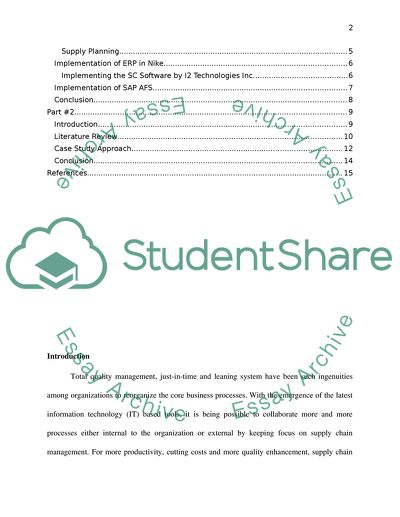Cite this document
(Supply Chain Management and Information Technology Essay, n.d.)
Supply Chain Management and Information Technology Essay. Retrieved from https://studentshare.org/information-technology/1829606-information-technology
Supply Chain Management and Information Technology Essay. Retrieved from https://studentshare.org/information-technology/1829606-information-technology
(Supply Chain Management and Information Technology Essay)
Supply Chain Management and Information Technology Essay. https://studentshare.org/information-technology/1829606-information-technology.
Supply Chain Management and Information Technology Essay. https://studentshare.org/information-technology/1829606-information-technology.
“Supply Chain Management and Information Technology Essay”, n.d. https://studentshare.org/information-technology/1829606-information-technology.


